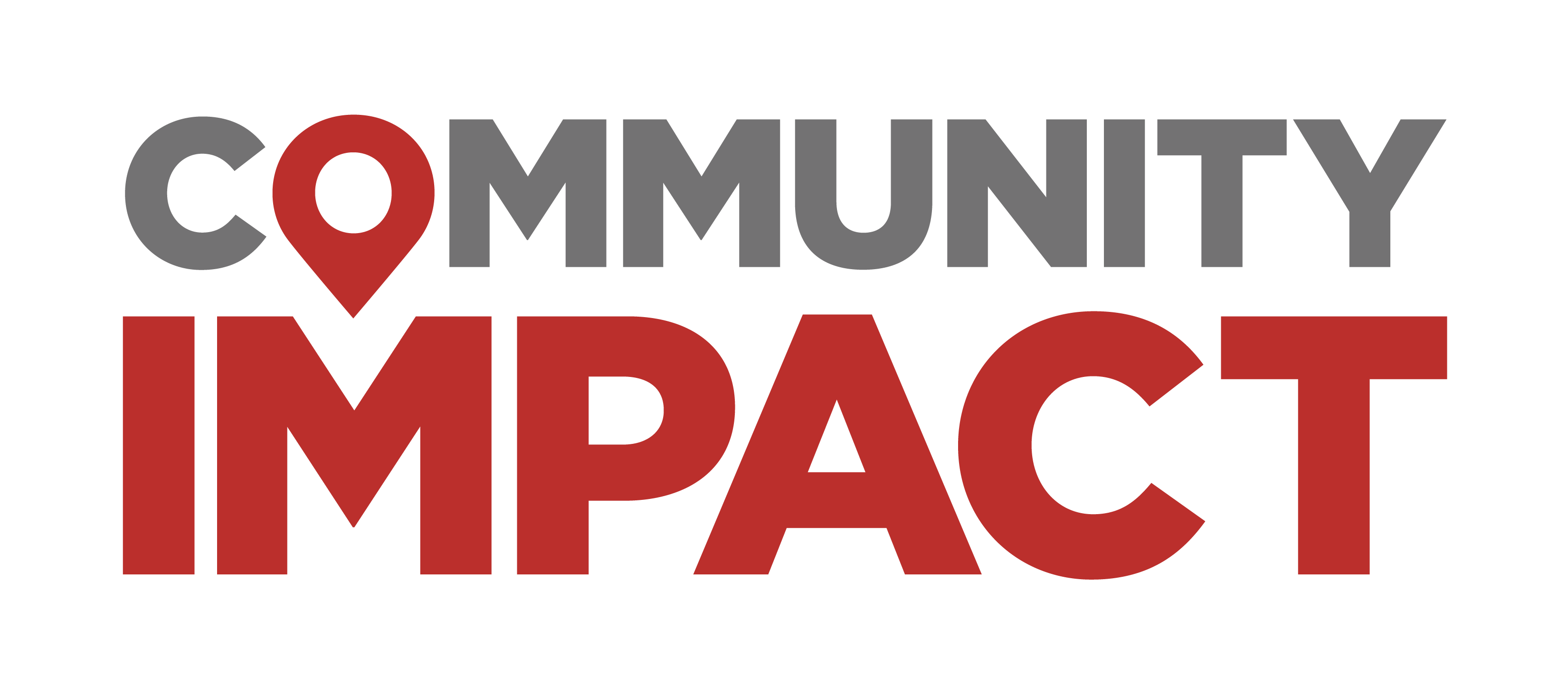How we got here
President Donald Trump’s administration ordered the NIH—the agency that awards a large number of grants towards research— to reduce “indirect costs” to 15% on Feb. 7. Indirect costs are essentially overhead costs associated with research, such as supporting research staff and their salaries, as well as the costs to maintain research facilities and laboratories, according to the NIH website.
Many research organizations charge over 50% in indirect costs, according to the NIH website. For example, Rice University has a federally negotiated indirect cost rate of 56%, according to a Feb. 11 statement.
Specific institutions have relied on federal funding to further advance and support their research, with the following institutions receiving millions last year:
- $326 million: Baylor College of Medicine
- $191 million: MD Anderson Cancer Center
- $38 million: University of Houston
- $24 million: Rice University
In similar news
These potential cuts are on pause as a federal judge issued a temporary halt after 22 state attorney generals requested a block on the policy. Texas was not a part of the request.
Harris County also signed on to an amicus brief on Feb. 20, joining 45 local governments in the United States to argue against the cuts, according to a Feb. 20 statement from his office. Amicus briefs allow individuals or groups who aren’t part of a case to offer additional, relevant information or arguments the court may want to consider before making their ruling, according to law firm Smith Gambrell Russell.
“Harris County is home to the largest medical center in the world, and these cuts pose a direct threat to public health and our economy,” Harris County Attorney Christian Menefee said in the statement. “This funding supports the life-changing work happening at the Texas Medical Center. It’s not just about numbers on a budget sheet—it’s about jobs, patients and families who rely on medical advancements.”
What they’re saying
MD Anderson said in a statement that the institution is monitoring and assessing how this policy change could affect research funding.
Rice University President Reginald DesRoches said in a Feb. 11 letter to the school that the university joined 70 other research universities to challenge the cuts, as part of the Association of American Universities’ lawsuit. He said indirect costs are critical to research and that the university will continue to assess the implications these cuts might have.
“They help defray essential expenses such as scientific equipment and technology, lab and office space, salaries and supplies, and even specialized ventilation and air conditioning for labs that are so critical to Rice’s successful research on potential treatments for cancer, diabetes, dementia and a host of other serious health care challenges,” DesRoches wrote.
Michael King, the Associate Vice President of Research and E.D. Butcher Chair of Bioengineering at Rice University, told Community Impact that if the NIH goes through with these cuts, the university could lose tens of millions of dollars.
He said he researches cancer and tries to develop new treatments to prevent the spread of cancer, and his research has been supported by the NIH for 23 years.
“It really makes me sad and a little bit angry,” King said. “I try to advocate when I can, but these are dark times.”
King said the university will have to find other funding sources to help offset the loss of NIH funding if the policy goes through. However, he said he’s optimistic the university will find funding, especially in Texas where lawmakers are currently trying to make investments towards brain research and dementia.
“We’re lucky to be in the state of Texas,” King said. “In the same way that Texas and Houston are world leaders in cancer research, a few years from now, we'll have a similar dominance in neuroscience research if it comes to pass. It’s very inspiring and I’m really heartened to see that there are really rational people who see the value in investing in the future of American science and technology.”





